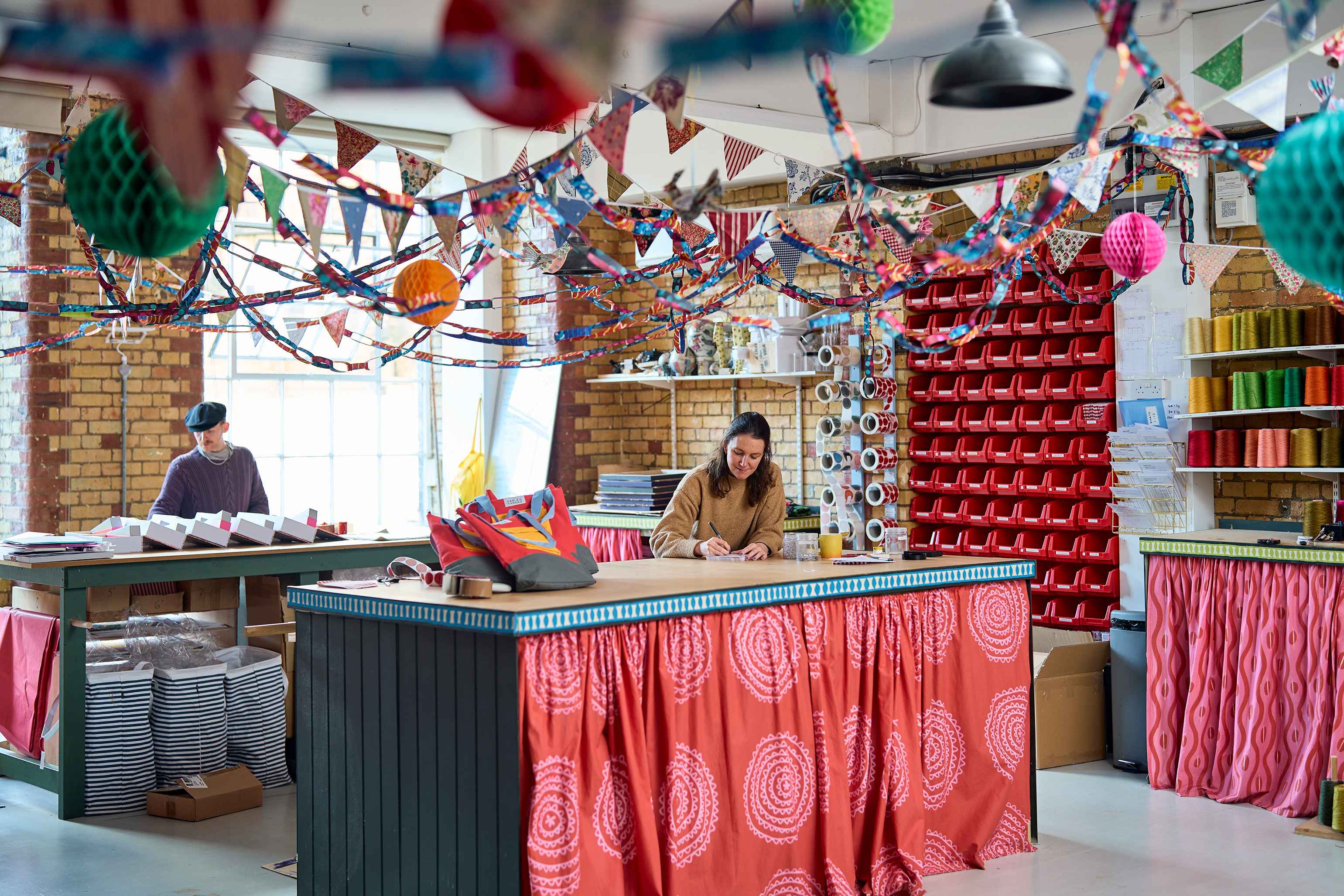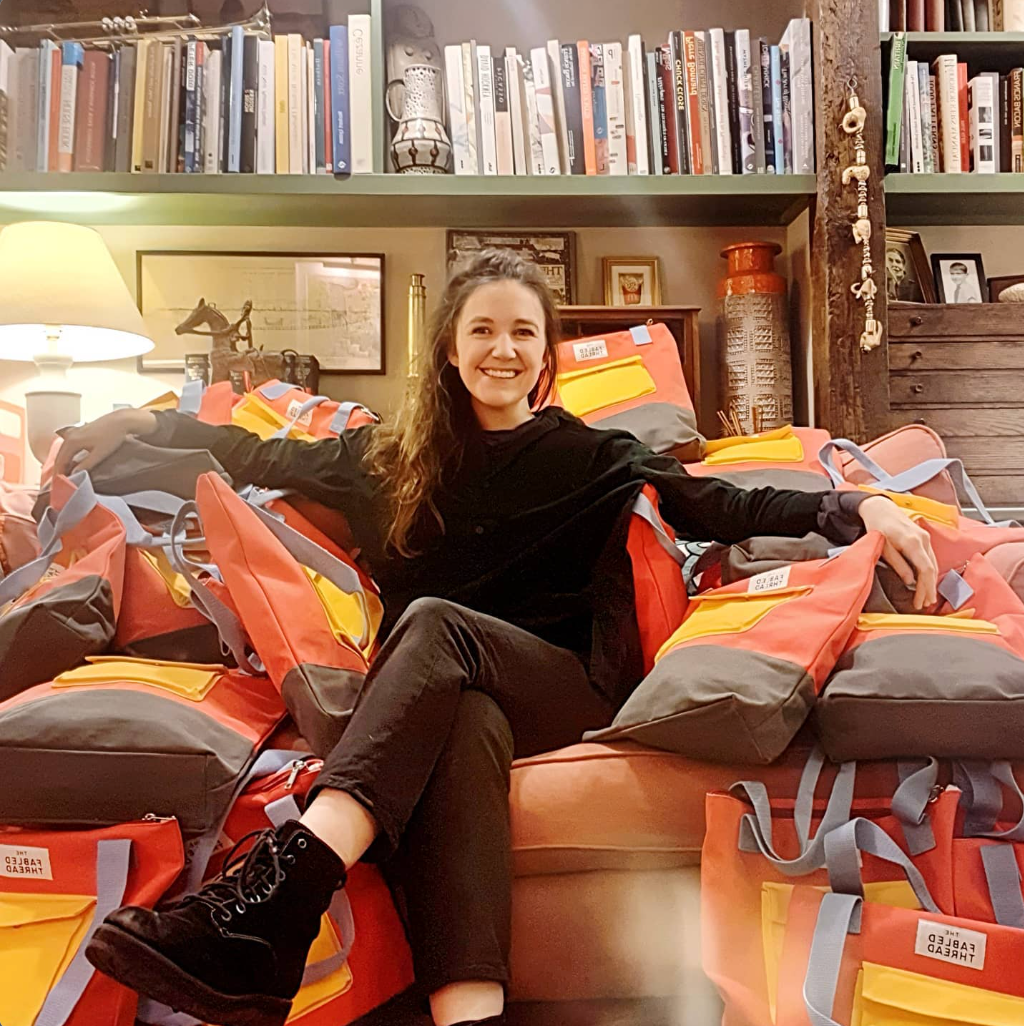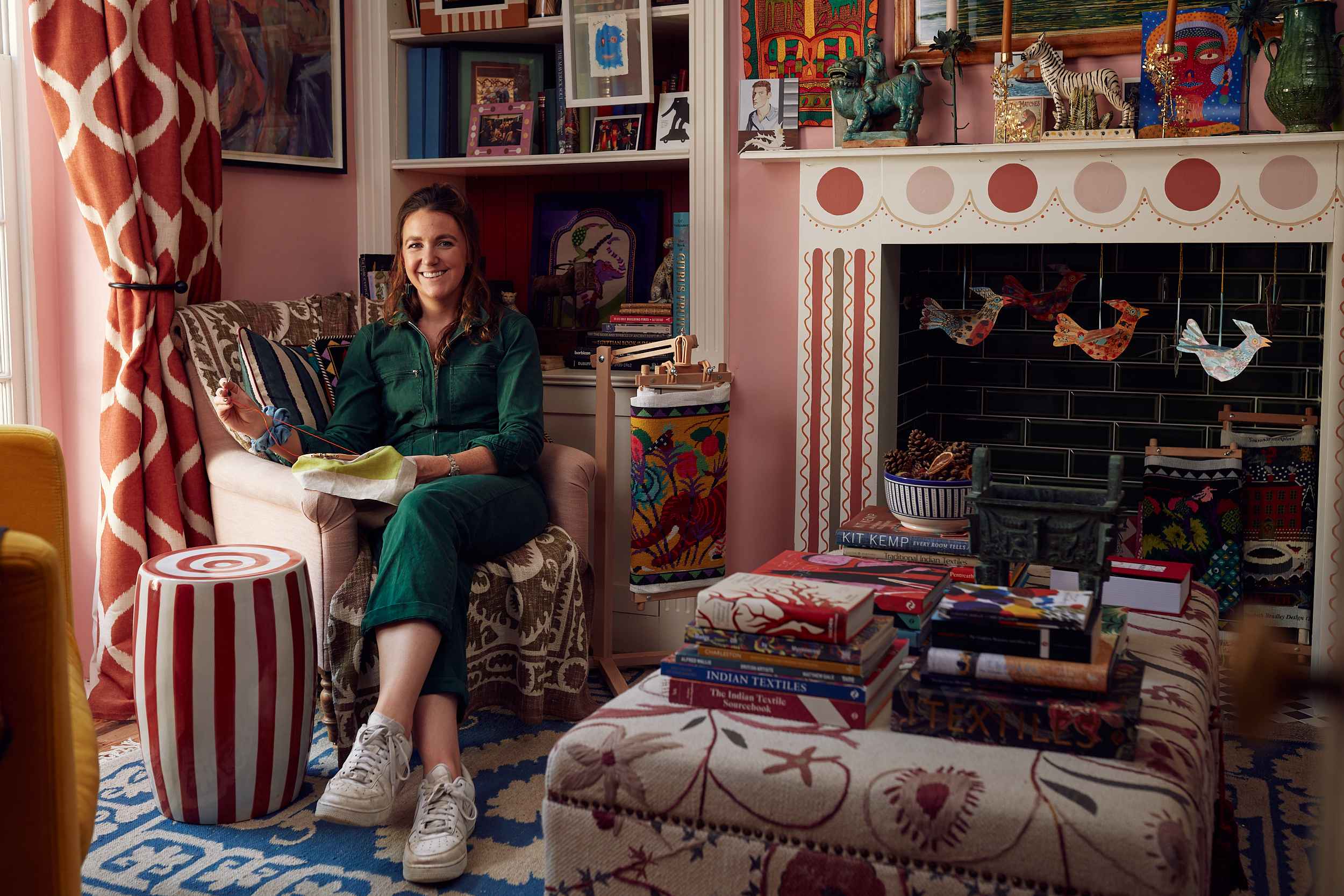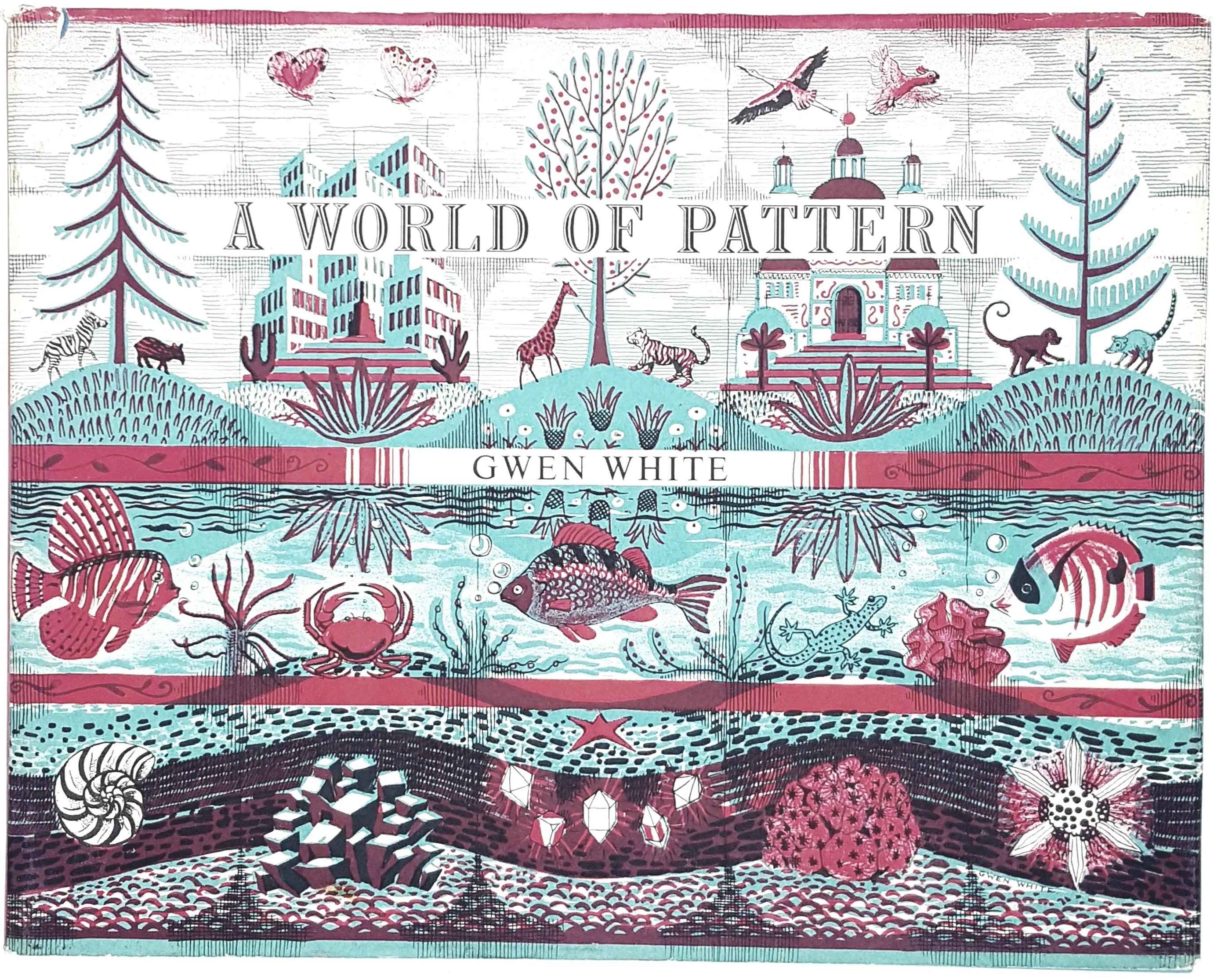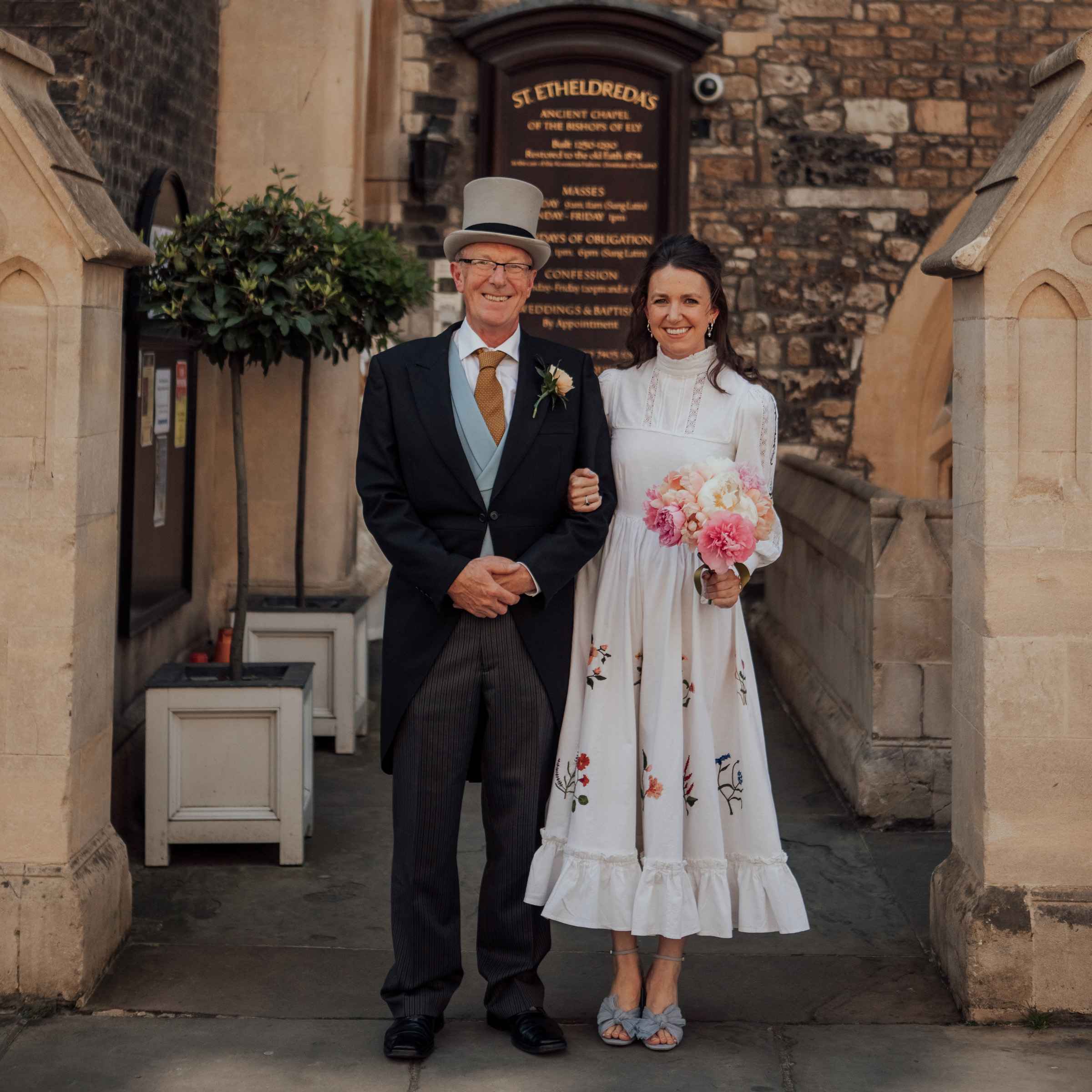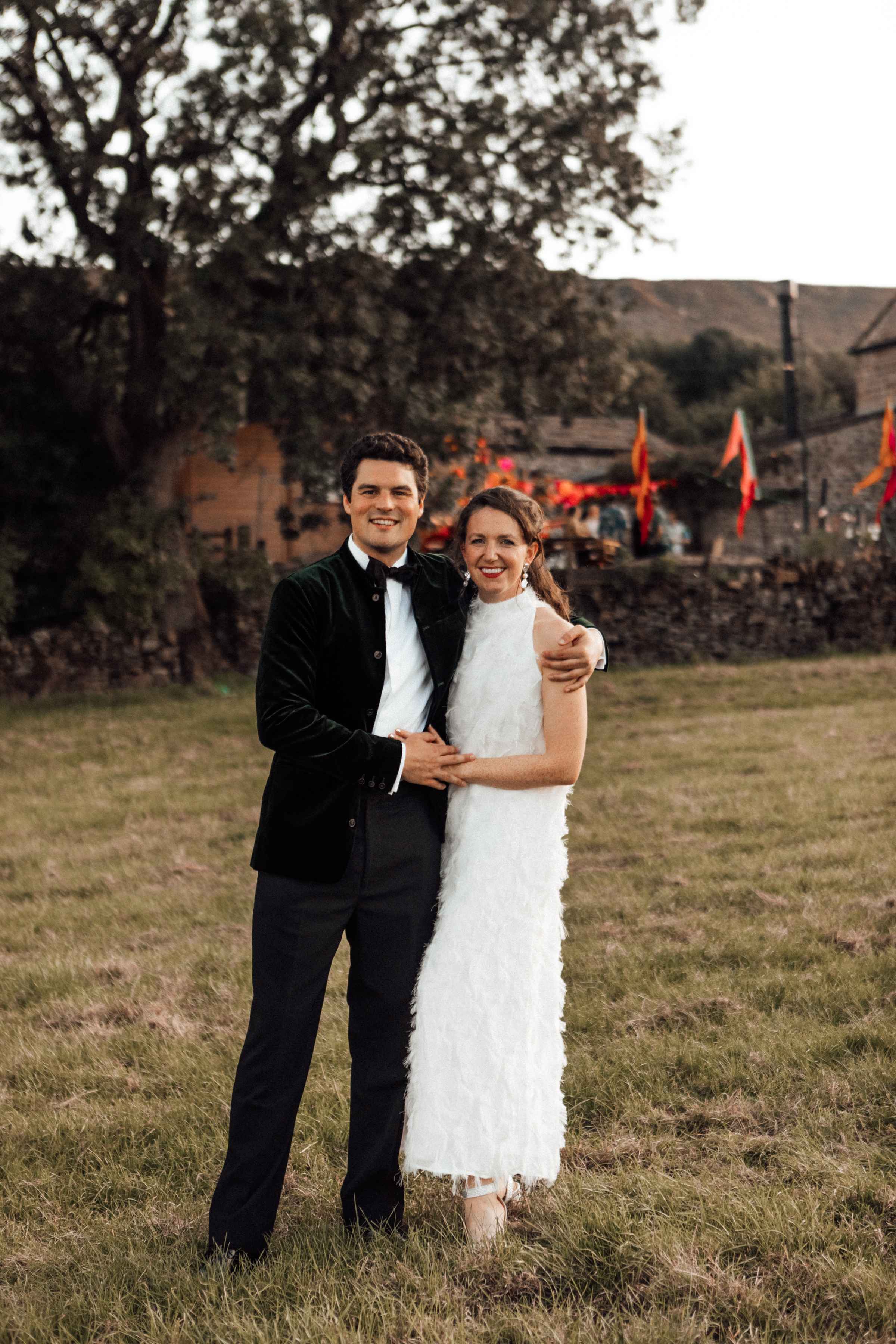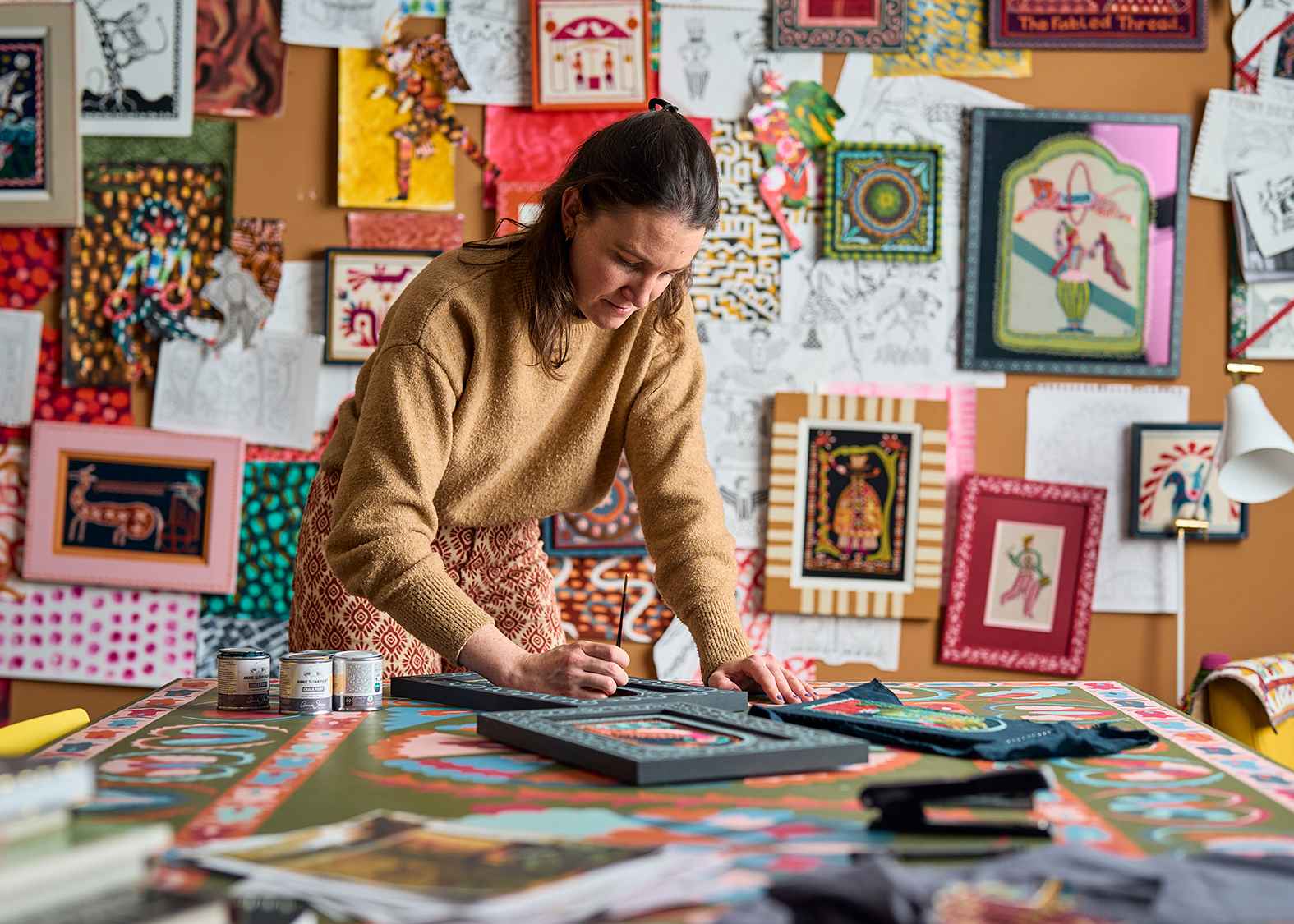
Breaking Free from Instagram

Nearly every maker I know has a love-hate relationship with Instagram. While it is the most amazing free tool for sharing your work and reaching an audience, it can also be a drain on time and emotions. I don’t want this to be another article bemoaning Instagram and how it has changed, but instead, I want to tell you about how the changes to Instagram have forced me to drive positive change through my business and personally.
Before diving into this, I'd like to provide a little background on why Instagram has proved important for The Fabled Thread. I want to be open and share my Instagram stats – visitors to my website, where they come from, how many views my posts get – to convey how things have changed over the last three years. This information is crucial for telling the story, but it should by no means be seen as a comparison.
I launched our Instagram for The Fabled Thread in March 2020, and for the first two years, it absolutely took off. We gained amazing early traction, and the app loved what I posted; everything we touched seemed to turn to gold. It was joyful and exhilarating to share my work, reach an audience, and get immediate feedback. By the end of the first year, we reached around 10,000 followers, then 30,000 the following year, and it felt like the momentum would just keep on going. I was all in on the Instagram bandwagon, totally naïve, and had no alternative marketing strategies planned.
Then, in summer 2022, everything changed quite dramatically. Instagram dropped off a cliff, and it hasn't made it back since. Instead of working on alternative marketing channels, I spent nine months wallowing, floundering, complaining, and, to be honest, feeling completely lost about what to do. It’s one thing to have a product I really believed in, but when I couldn’t reach an audience, I felt totally helpless.
While I should have initially taken this as a sign to become less reliant on Instagram, I just went deeper into it. I spent my days scrolling and looking at all the other accounts that seemed to still be doing well, thinking about how I could replicate that or feeling envy, which is never a helpful or attractive quality! I tried all sorts of different approaches, devoting days to a reel only to have it fall totally flat, doing elaborate projects just to drum up a bit of action on the app, trying to replicate the photography style of someone else who seemed to be growing their following rapidly. I would repost images that had done well in the past (always the interiors of my flat) just to get that sense of achievement again. At one point, I even paid for some Instagram ads just to start building followers (I’ll go into why that was pointless for me a bit later).
It’s just an app, but when it’s your business and your way to market, it feels like everything is falling apart. What I didn’t stop to do in that period was look logically at the numbers and what was really happening within the business.
Throughout my time on Instagram, I have posted relatively consistently, and, with the exception of one month in 2022 which I’ll talk about later, I haven’t used any paid advertising. Between 2020 and 2023, the annual visitors to my website consistently grew. However, over that same period, Instagram, my predominant marketing focus, has been in steady decline.
Note: I took this from a large cross-section of posts, rather than all of them. There isn’t some miraculous way to export this information that you are missing – I think if there was, it would ruin Instagram’s whole business model!

The decline in the number of people coming to my website via Instagram is largely driven by the drop-off in the number of people seeing my posts. When looking at measurable stats on Instagram, such as Likes, Comments, and Saves, the response I get has been pretty predictable and consistent based on the number of views a post gets. For example, I tend to get around 10% likes versus the number of people who see a post. So, if it's seen by 1,000, I’ll get 100 likes, and if it's seen by 10,000, I’ll get 1,000, etc. While there are, of course, variations, it’s amazing how close this rule stays. Even if I have a post that does remarkably well on aspects that Instagram tutors will tell you are important, like saves and shares, this has very little impact on how many people the app shows my posts to.
Separately, in 2020 and 2021, I would regularly have my posts shown to those outside my audience (listed as “views from hashtags” in your insights), with views from non-followers often almost double the follower views. Nowadays, I am lucky to get 1,000 views from hashtags and more often receive none.

After months of obsessively tracking and testing the algorithm (believe me when I say 'obsessively!'), I learned one thing – nothing I do will influence it!
However, in parallel to all of this, our website visitors, and most importantly, our number of orders, have consistently grown each year. While I lost my head focusing for so long on those terrible Instagram stats, my website and business were actually doing well!

In the period after Instagram took a dramatic downturn, I started a Pinterest account for The Fabled Thread. When I linked my website to Pinterest, it automatically pulled across all my imagery (please don’t ask me how to do this; I have no idea what I did). In the first year of having Pinterest, I got around 20% of the number of visits to my website from Pinterest as I did from Instagram. This year, it's nearly 40%.
While it's still smaller, I literally do nothing on Pinterest. I don’t post, share, follow, or like – I probably haven’t opened the app for a month. It just sits there, and last time I looked, my images were getting around 2 million impressions a month. Despite the issues with Pinterest, like plagiarizing work, which this article isn't about, it showed me how much effort and emotion I was putting into something I had no control over.
Once I came to this realization and started tracking all the numbers, including where my website visitors were coming from, how many newsletter sign-ups, orders, etc., I found that the days with remarkably good performance on Instagram resulted in very little difference compared to any other day. Turns out, a lot of people liking a picture of Roger in a lovely sitting room doesn’t lead to mass sales of embroidery kits… who knew! My ego may have been boosted, but our bank balance was not. That was the trigger for me – it was time to stop waiting for Instagram to return to how it was before, something that may never happen, and instead, focus on the things that I can influence.
The realization that Instagram absorbed far too much of my time and thoughts than my output warranted drove a major change in how I work. If I could no longer rely on Instagram as my primary way to reach new people who would like my work, I needed alternatives. So, this was the catalyst to relaunch our website, importantly introducing The Journal, our newsletter, and The Studio.
Rather than devoting a lot of energy to creating content solely for Instagram, which may or may not be seen and certainly in a few days’ time will be lost to the ether, I have had a total mentality shift of creating content for my website, which I will subsequently promote on my Instagram (and probably on Pinterest too, but I haven’t got that far yet!). While the phrase "creating content" sounds awfully dry, this is one of the parts of work I love the most. It’s taking all the things I am doing anyway, be it researching textiles, finding artists, trying out crafts, etc., and just making a permanent record of it. So, I can share what I am excited about with all of you, rather than reading for hours about how to curate the perfect set of hashtags. Something that, let’s be honest, nobody knows (not even Instagram I’ll bet!).
This new focus on content I enjoy making and which will have longevity is totally transformative. Not only have I had a totally renewed sense of self and a feeling of control over the future of the business, I also have found it has brought back my love of Instagram. I always have loved the community of people there, the message exchanges, and seeing other creatives' work. I had allowed myself to get too sucked into measuring my success on it, that I forgot to enjoy it. Now I am producing my content elsewhere and instead using Instagram as one of the ways I share it. I don’t need Instagram to be growing at a rapid rate or play up to what I think the app demands. If a post gets 100 or 1,000 likes, it's somewhat irrelevant. What matters is whether people actually visit the website and see what we do. This freedom has meant the content I am sharing has, in turn, become more authentic. I’ll post those pictures which never do well on the algorithm (such as pictures of my embroidery!). And while that means it grows slower, it's building an audience who like what we do rather than just the interiors.
This new approach to how I am creating and sharing content, with the journal, newsletter, and studio membership, has been the biggest step change since launching the business. In the last 3 months of the year (after our website launched), our daily visitors to the website have more than doubled compared to the months before the launch. Our mailing list has grown, the visits we are getting from search engines have nearly doubled, and the time being spent on the website is up four times. We have also had so many more people emailing us, engaging with the business, and sharing what we are trying to do with other people. I am spending no more time “marketing” The Fabled Thread than I was before, but instead of keeping all that effort locked within an external app, I am keeping it all on my website and in my newsletters.
Interestingly, over the same period after my new website launched and I switched my focus onto long-term content, I have started to see my traffic from Instagram grow again. For the first time in 18 months, we have had an increase in the amount of traffic coming to the website from Instagram (17% of all website visits for the last quarter, up nearly 5x the previous quarter). Not necessarily because more people are seeing me on Instagram, but because more people are leaving the app to come and look at the content on The Fabled Thread. While obviously there is still a step from a visitor to the website to someone choosing to take up sewing, it’s a much smaller leap than from a picture of a sitting room on Instagram.
On a personal level, I also have this immense sense of liberation. I have stopped comparing myself against others, measuring myself through likes and comments, and feeling like I am at the mercy of social media. I am back in control of the future of my business and excited again about what we do. While every so often I still feel that niggle of shame if I think something I post on Instagram has tanked, I now have the wherewithal to nip it in the bud and remind myself that it doesn’t make real difference to The Fabled Thread. Those moments of anxiety are also when I block the app on my phone!
Take today, for example; I spent the same time writing this article as I would have done making an Instagram reel. And while the reel may have been seen by more people on Day 1, by tomorrow, it would have been forgotten. Whereas not only have I enjoyed the process of writing this article more (I hadn’t looked at these numbers until now!), but it will also be on my website in perpetuity. Social media will always be an important part of my job; it’s an amazing way of reaching new people and connecting with our customers. It’s also back to being something I can enjoy again!
This is a brief reflection on my foray into paid advertising. To provide some context, I've grown our business entirely organically, partly due to budget constraints. All our resources have been channeled into product development, and my marketing budget has been virtually nonexistent. While paid advertising is a common strategy for business growth, it can be very expensive and difficult to measure the outcomes. Particularly, pay-per-click advertising requires a clear strategy and measurable goals. Marketing investment in areas that reach the right audience can hugely help to grow a business, but spending money in the wrong places can be throwing money down the drain for a fleeting ego boost.
Enter Instagram advertising...
The skeptic in me suspects that the "hot and cold" nature of the Instagram algorithm is intentionally designed to get us to pay for ads. When the algorithm cools off, the option to pay for the dopamine hit of likes and follows becomes enticing. This was precisely the trap I found myself in for a month or so in 2022, after the Instagram wheels came off.
I invested a reasonable amount in ads during that month, with no clear strategy or intended outcome other than a desire to see my follower count grow again. And it did — I gained around 1,000 followers through the ad. However, it had minimal impact on my sales during that period. In the weeks following the ad campaign's conclusion, I lost more followers than I typically would in a week. While the ad undoubtedly reached a few potential customers, it also attracted individuals with no genuine interest in what The Fabled Thread offers.
While I know that Instagram ads work well for some businesses, my brief escapade revealed that it's an easy way to spend a lot of money for an artificial sense of progress. If I consider paid advertising in the future, it will be part of a thoughtful and measured plan across various channels rather than a spontaneous attempt to boost my confidence!

